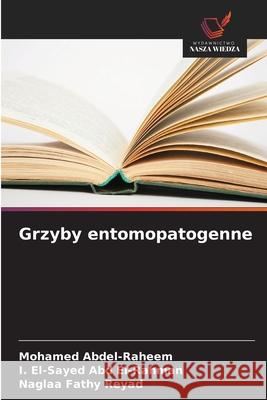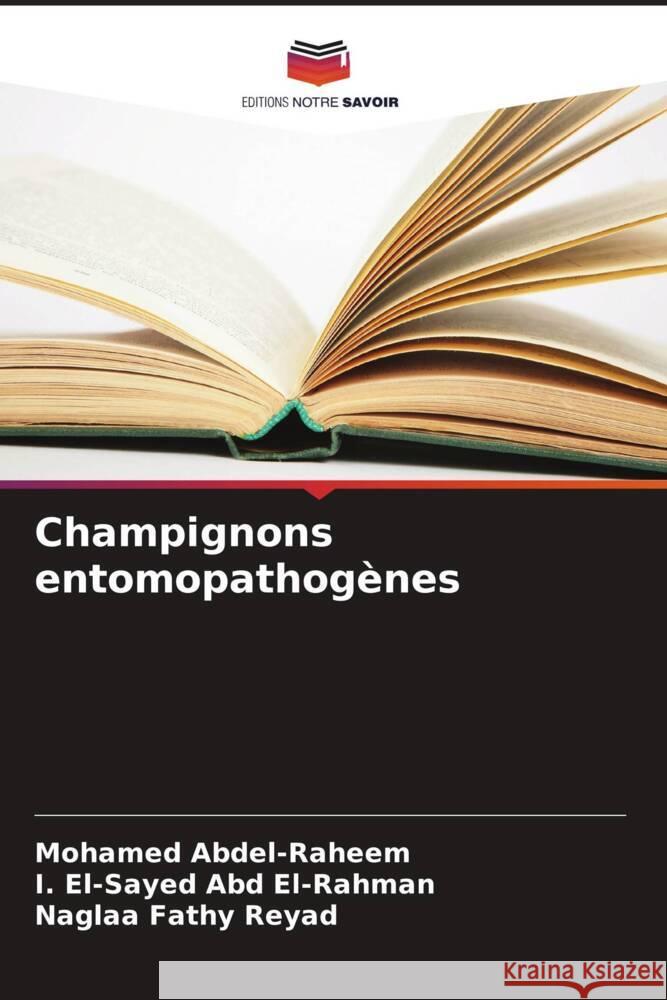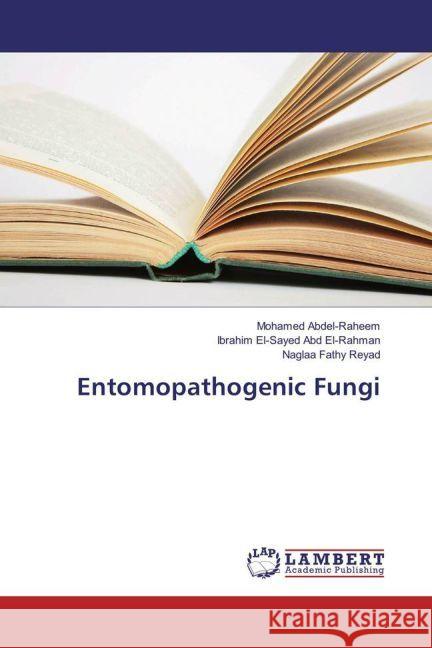topmenu
Wyniki wyszukiwania:
wyszukanych pozycji: 6
 |
Grzyby entomopatogenne
ISBN: 9786208679767 / Polski / Miękka / 2025 / 124 str. Termin realizacji zamówienia: ok. 16-18 dni roboczych. |
cena:
221,37 |
 |
Champignons entomopathogènes
ISBN: 9786208679743 / Francuski / Miękka / 2025 / 124 str. Termin realizacji zamówienia: ok. 10-14 dni roboczych. Les champignons entomopathogènes sont considérés comme jouant un rôle essentiel en tant qu'agent de lutte biologique contre les populations d'insectes. On trouve une très grande diversité d'espèces fongiques appartenant à différentes classes qui infectent les insectes. Ces espèces pathogènes pour les insectes présentent un large éventail d'adaptations et de capacités infectieuses, y compris des agents pathogènes obligatoires et facultatifs. La propagation des maladies fongiques est courante chez de nombreuses espèces d'insectes, tandis que certaines espèces peuvent ne pas...
Les champignons entomopathogènes sont considérés comme jouant un rôle essentiel en tant qu'agent de lutte biologique contre les populations d'inse...
|
cena:
223,20 |
 |
Fungos Entomopatogénicos
ISBN: 9786208679774 / Portugalski / Miękka / 2025 / 124 str. Termin realizacji zamówienia: ok. 16-18 dni roboczych. |
cena:
221,37 |
 |
Funghi entomopatogeni
ISBN: 9786208679750 / Włoski / Miękka / 2025 / 120 str. Termin realizacji zamówienia: ok. 16-18 dni roboczych. |
cena:
221,37 |
 |
Entomopathogene Pilze
ISBN: 9786208679729 / Niemiecki / Miękka / 2025 / 128 str. Termin realizacji zamówienia: ok. 16-18 dni roboczych. Entomopathogene Pilze gelten als wichtige biologische Bekämpfungsmittel für Insektenpopulationen. Es gibt eine Vielzahl von Pilzarten aus verschiedenen Klassen, die Insekten befallen. Diese insektenpathogenen Arten weisen eine große Bandbreite an Anpassungs- und Infektionsfähigkeiten auf, darunter obligate und fakultative Pathogene. Viele Insektenarten sind anfällig für Pilzkrankheiten, während einige Arten möglicherweise nicht betroffen sind. In den 1980er Jahren wurden die ersten Studien zu insektenpathogenen Erregern durchgeführt, deren Schwerpunkt auf der Suche nach Methoden zur...
Entomopathogene Pilze gelten als wichtige biologische Bekämpfungsmittel für Insektenpopulationen. Es gibt eine Vielzahl von Pilzarten aus verschiede...
|
cena:
221,37 |
 |
Entomopathogenic Fungi
ISBN: 9783659914515 / Angielski / Miękka / 2016 / 120 str. Termin realizacji zamówienia: ok. 10-14 dni roboczych. |
cena:
223,20 |










